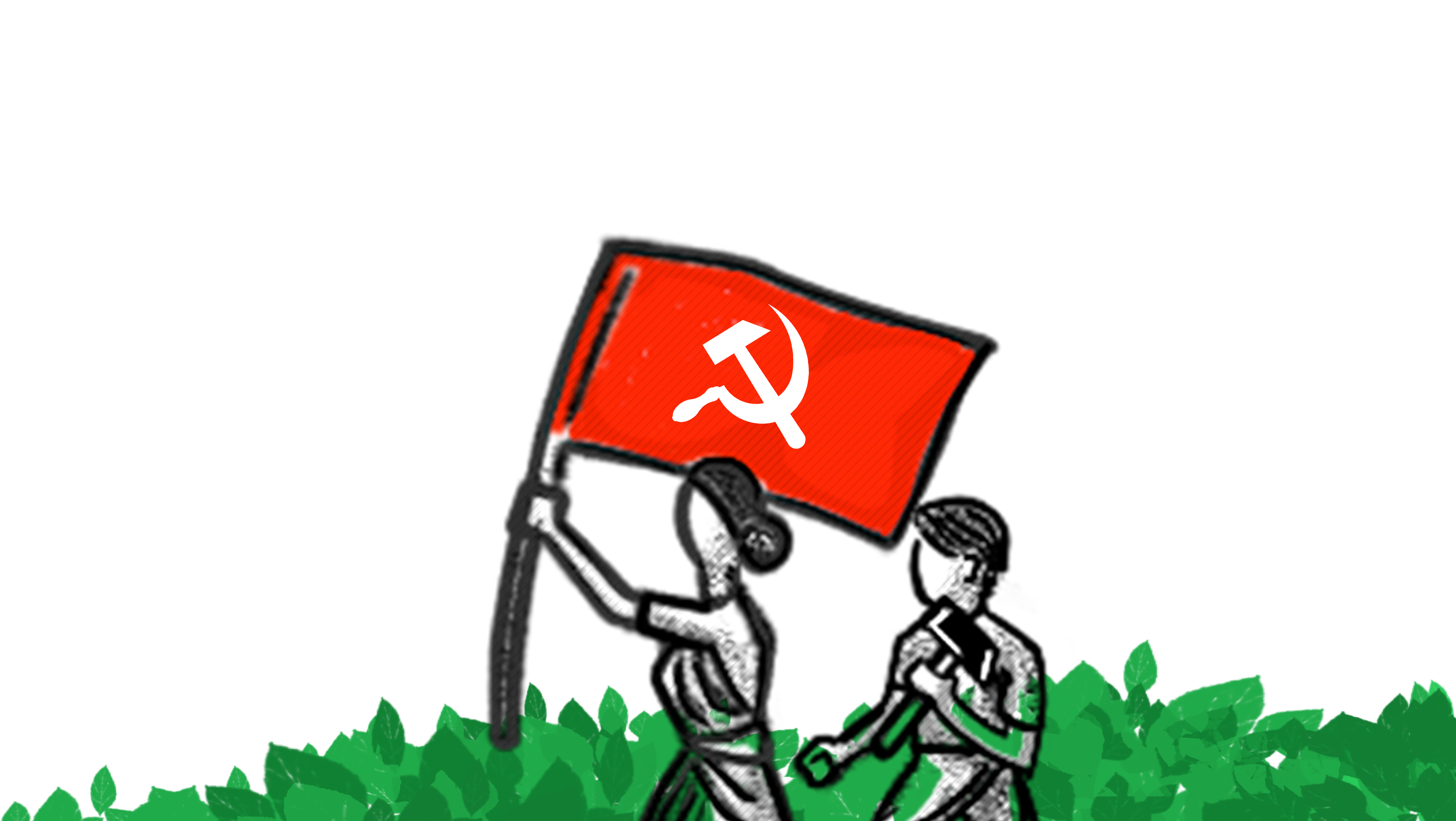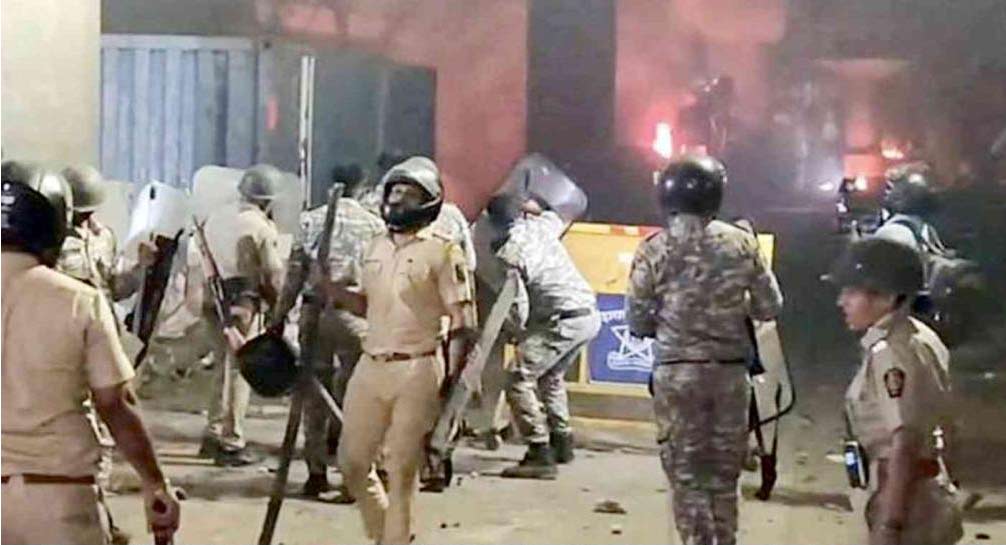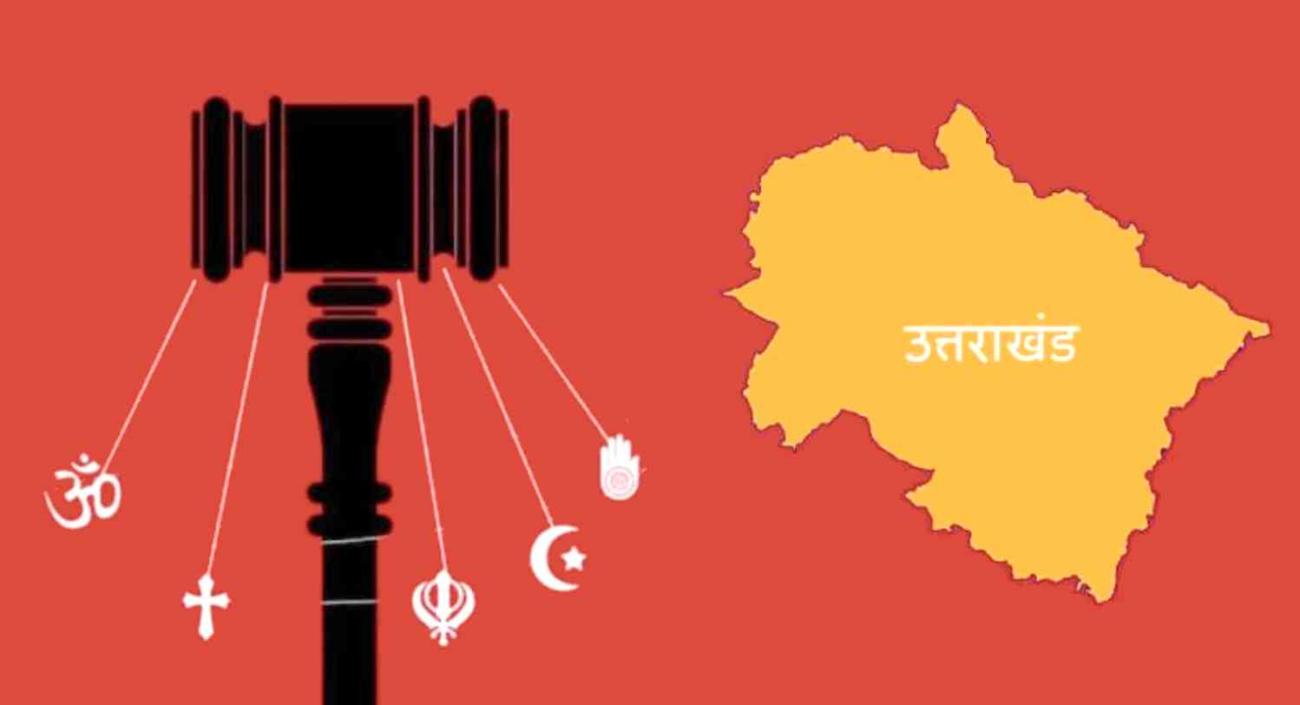The Rs 15-Rs 20 definitions are drawn from the Tendulkar Committee estimates which fixed the urban poverty line at Rs. 579 per capita per month, and the rural poverty line at Rs. 447 per capita per month at 2004-05 prices.
This definition of poverty makes a mockery of the broad majority of Indian people struggling to eke out a living in the midst of steep inflation. The Government doles out lakhs of crore as subsidies (be it in the form of scams or tax exemptions) to the richest corporations whose CEOs then live a life of luxury in palatial mansions. But the poor have to face insulting tests to prove their poverty, while so-called social security measures mock them cruelly!
This May, the World Bank released a document titled Social Protection for a Changing India. This report was prepared in response to a request by the Indian Government for a review of Indias social security mechanisms. The reports recommendations of reform of Indias social security policies make it clear that the World Bank is dictating the governments policies for the poor in India.
The World Bank report trains its guns early on the PDS mechanism: ...the main driver of poor cost effectiveness and impacts of Indias safety net is its largest programme the Public Distribution System (PDS). While it consumes almost 1 per cent of GDP and has wider coverage than other safety net programmes, its impact on the poor is very limited in many states, particularly a number of lagging states.� It goes on to say, The big elephant in the room (i.e huge and potentially awkward issue that people are reluctant to mention ed./-) ...is fundamental reform of PDS. The poor long-run performance of the program in many states suggests that the medium term vision of a reformed PDS for most groups should be cash-based, though this would face substantial resistance...� In effect, the report recommends scaling down protective schemes like PDS and instead promotes preventive programmes such as social insurance schemes, which help the poor and... vulnerable ...to manage risks and shocks better.�
The World Bank report holds that the BPL design of targeting is faulty because it misidentifies almost half the poor as non-poor, and conversely almost half the non-poor as poor.� But a closer reading of the data provided by the report tells a different story.
Table 8.2 in the report, showing the state-wise targeting errors in the 2002 BPL classification, shockingly shows that in 10 out of 14 states, more than 50% of the poor (i.e those who are below the official poverty line) are left out of the BPL lists. In two states Andhra Pradesh and Punjab a whopping 74 % of the poor have fallen out of the BPL net. The report notes that Even in the best state (Orissa), 32 percent of the poor are misclassified while in the worst state (Andhra Pradesh), three out of every four poor people are misclassified as non-poor.� Remember that the report is not talking, here, about those who are needy but fail to meet the official criterion of poverty. It is pointing out that a huge mass of those who meet the governments official definition of poverty fail to make it to the BPL lists.
box
How can fitiful sums like Rs. 15 or Rs. 20, in this day and age, be stretched to meet even the minimum nutritional requirements of a human being -- let alone other essential costs like transport, medicine, rent, education and so on?
Even more shocking is the fact, recognised by the report, that errors of exclusion are high even amongst very poor households. For example, over 20 percent of the population with expenditures which are half the poverty line are misclassified as non-poor.� According to the report, 37% of the poorest sections of people are incorrectly classified as being non-poor.�
What about the reports claim that an almost equal percentage of non-poor are included on the BPL lists? It soon becomes clear that the report is not talking so much about the erroneous entry of the rich onto the BPL lists. In fact it finds that the BPL indicator works relatively well in excluding the more rich amongst those above the poverty line... Targeting errors in the richer expenditure classes are...marginal.� Who, then, are the non-poor who are mistakenly figuring on the BPL lists? The answer is instructive. According to the report, Inclusion errors are largely concentrated amongst households that are only marginally above the poverty line,� and in general, targeting errors� (whether of inclusion or exclusion) are highest in the neighbourhood of the poverty line.� How can the World Bank assert with such confidence that those marginally above the poverty line� are, in fact non-poor and undeserving of PDS and other social security benefits? Surely they too are vulnerable and needy of social protection and food rations?
Clearly, the above findings indicate that the so-called targeting errors are happening because the poverty line itself that is used to divide the officially BPL poor from the needy and vulnerable who are marginally above the poverty line is fuzzy, arbitrary, and unreliable as an indicator of poverty and need. The best way to stop exclusion errors� would be to stop trying to create an artificial divide between the poorer and the poor; and instead to expand PDS coverage to make sure that all except the indisputably wealthy are included in its net. But instead, the World Bank report discusses a variety of new methods for improved targeting and identification of the poor methods that can only perpetuate the unconscionable exclusion of the poor from the social protection net that they acutely need and to which they have a right.
It cannot be a coincidence that the 2011 Economic Survey, the UID Project and the World Bank report arrive at the same conclusion: the need to phase out or cut back on PDS in favour of cash transfer and smart cards/food coupons with a lumpsum entitlement. It is difficult to understand any rationale for this insistent proposal if not to dismantle the entire PDS structure on some pretext. After all, however smart or biometric the cards are, they can do nothing to solve the main problem of identifying the poor who are eligible for the rations. In fact, in the case of PDS rations, a system of self-targeting operates naturally, whereby those who do not need these rations tend exclude themselves voluntarily. But cash transfers or food coupons that can be used in any and every ordinary shop will discourage this process of self-exclusion of the non-needy. The proposal is that food coupons offering subsidy uptil a certain amount, can be used to buy food/fuel at market rates in the open shops; thus reducing the incentive to siphon off subsidised food, kerosene etc into the open market. But these proposals fail to explain how such coupons can guarantee access to food for the needy? What happens when prices of these essentials soar in the open market? The food coupons will only cover the cost up to a fixed point any cost beyond that sum will have to be paid by the poor themselves!
The BPL census exercise that is underway has much in common with the World Bank prescriptions of a mixed bag of targeting methods to identify the poor. It lays down criteria for automatic exclusion of those obviously not poor but the indicators for this category are flawed and quite unfair. For instance, all those who own landline phones would be excluded from PDS coverage; as would peasants with 2.5 acres of irrigated land who own a tubewell. The automatic inclusion categories too are defined too narrowly failing, for instance, to include SC/STs or unorganised sector workers and offering absurdly restrictive definitions of destitution. Apart from these automatic criteria, the Bill creates a mechanism of deprivation points that can be added up cumulatively so as to grade the poor on a scale of points. These deprivation indicators too are designed to exclude on technical grounds rather than seek to include the maximum. But even if we set aside that issue for a while, the question arises: how many deprivation points must a person score in order to qualify as poor? That qualifying cut-off will be fixed in keeping with the arbitrary ceiling fixed by the Central Government on the BPL numbers for each state. So, a person with a certain score on the scale of points may qualify as poor in one state but someone with the same score in another state may be excluded.
box
The best way to stop "exclusion errors" would be to stop triying to create an artificial divide between the 'poorer' and the 'poor'; and instead to expand PDS coverage to make sure that all except the indisputably wealthy are included in its net.
The people of the country cannot accept the UPA Governments World Bank-inspired ploys to shrink PDS coverage and introduce newer ways of excluding the poor from the right to food and other social security measures. These moves are all the more hypocritical when dressed up as Food Security!





